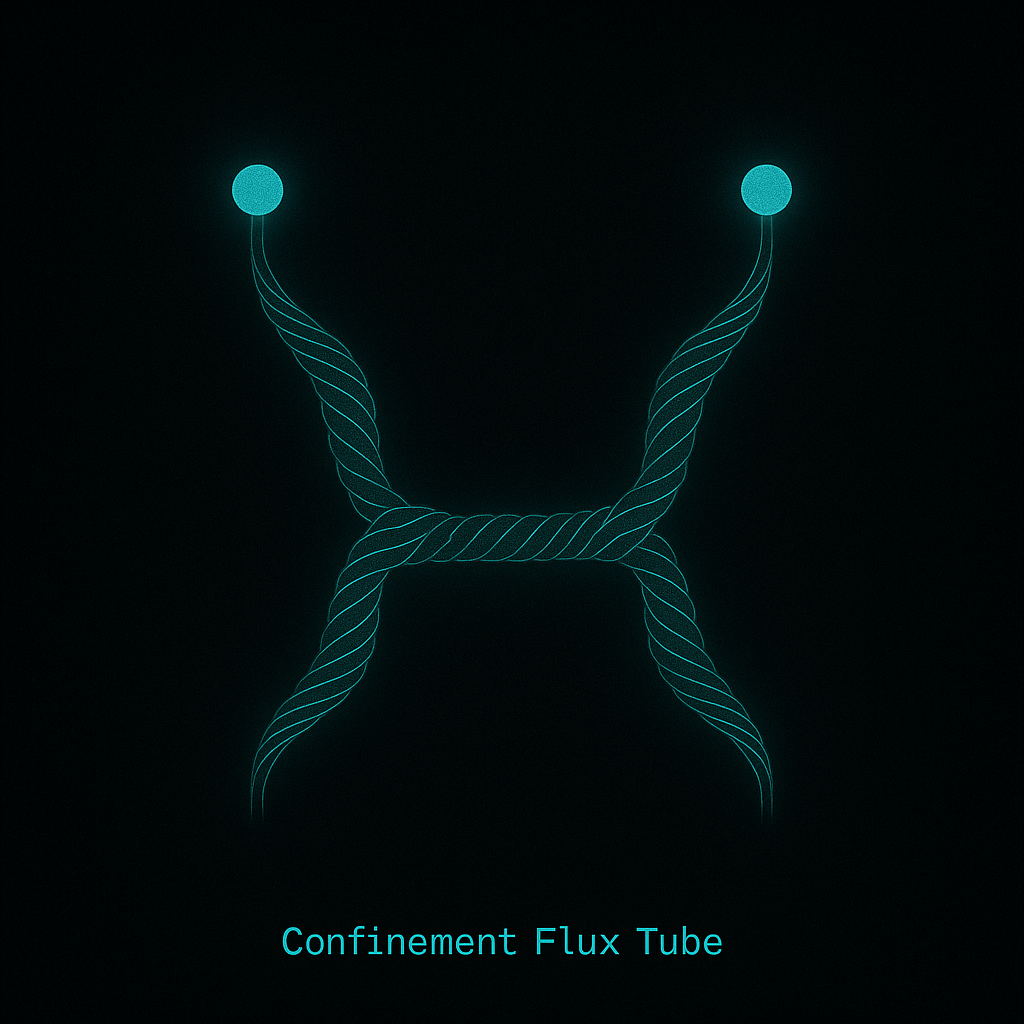The model
With compact gauge group G, the classical Lagrangian density is
- Construct the corresponding quantum theory nonperturbatively in 4D.
- Show \(\exists\, m>0\) such that the spectrum obeys \(E\ge m\) for one-particle states (mass gap).

Why non-abelian gauge fields have particle-like excitations with mass.
Last updated: 2025-10-25
Quantum Yang–Mills theory underlies the strong nuclear force. The mass gap problem asks for a rigorous construction in 4D with a positive lower bound on the energy spectrum (a mass gap).
It bridges abstract gauge symmetry and the observed spectrum of particles.
With compact gauge group G, the classical Lagrangian density is

A proof would ground QCD-like phenomena (confinement, hadron masses) in mathematics, linking lattice evidence to a continuum construction.